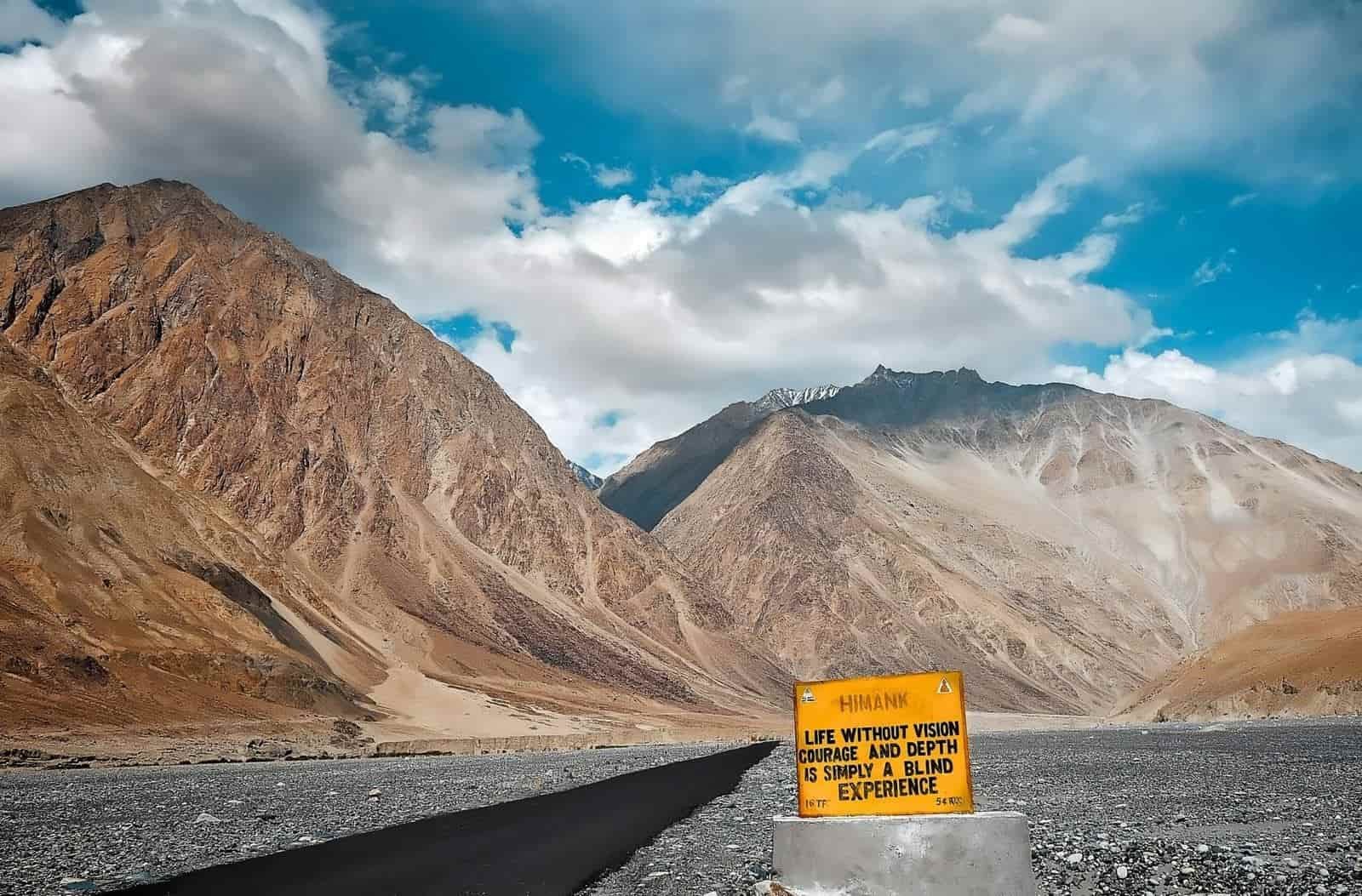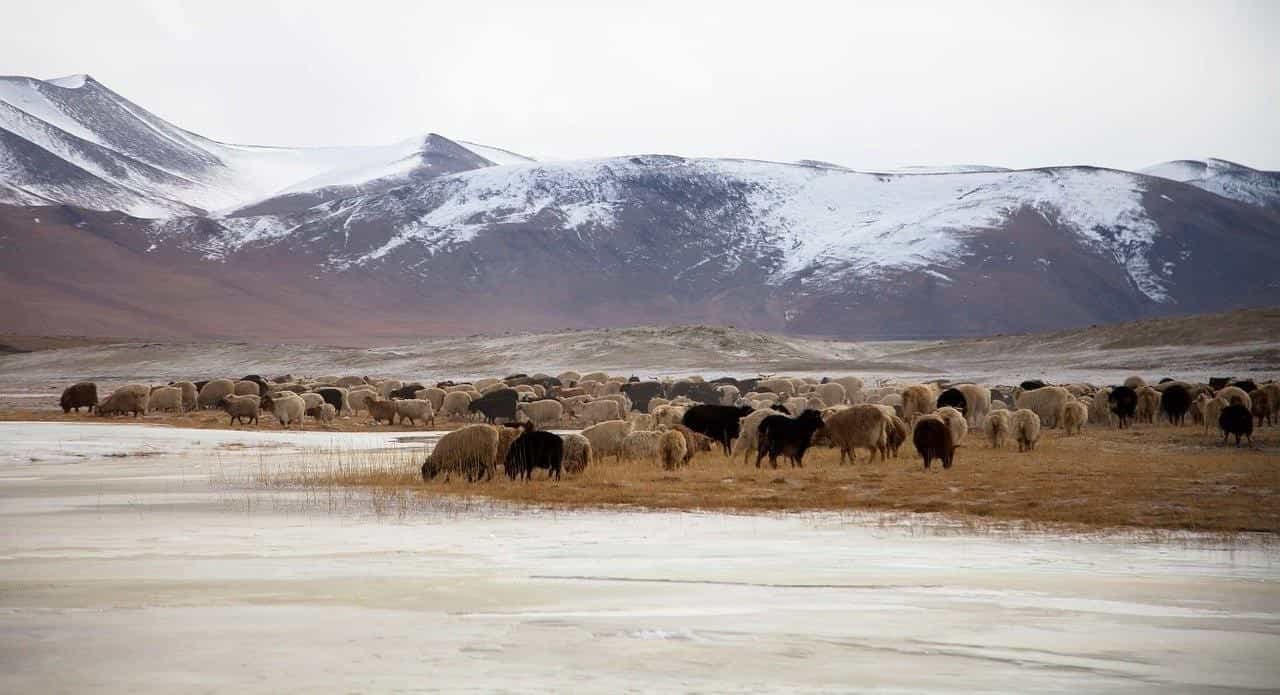Leh Heritage Walk
- Leh
₹5,000.00 Original price was: ₹5,000.00.₹4,000.00Current price is: ₹4,000.00.
- 1D/ 0N
- Hills
Tour Information
Sightseeing
Transfers
Stays
Breakfast & Dinner
Overview
The rich cultural history and traditions of Ladakh are evident in the old town of Leh. The Leh Palace is located above the ancient town, which is sometimes referred to as Kharyog (Khar means “palace” and yog means “below” in Ladakhi). Indeed, the 17th-century Leh Palace, which served as the residence of the Ladakh royal family until the Dogra troops invaded Ladakh in the middle of the 19th century, dominates the old town of Leh.
- Book: Leh Ladakh Tour Packages
The Leh old town is made up of about 200 residential structures as well as mosques and Buddhist gompas that are erected in constrained lanes. The king’s ministers and important officials resided in the old town. In the old town region, a few families continue to reside in their ancestral homes. The World Monuments Fund’s list of the 100 most endangered sites was updated to include this area of Leh as a result of the rising impact of climate change, rapid urbanization, and ad hoc settlement patterns. The historic district is full of intriguing secrets and tales to tell visitors about its fascinating past.
Cliffhangers India offers heritage walks in the old town to educate visitors on significant historical structures and streets. The heritage walk is led by our expert city tour guides who are well versed and knowledgeable about the culture, traditions, architecture, and history of Leh Ladakh.
Discover the traditional architecture used by the Ladakhi people during your Leh heritage walk of the old town area. The majority of the mud and wood-built homes in Leh’s old town have withstood the test of time and continue to stand out among the concrete buildings. There are still a few structures that stand tall today, including those held by the Kurja and Onpo families (the latter of which THF has restored).
A unique experience on a heritage tour of Leh. Leh town is a settlement with a long history and significant historical significance. The historic center of Leh, which once served as the primary village below and around the Leh Palace. The old town has undergone substantial restoration over the years, and the tales of Ladakh’s past are still echoed in its streets. Start at Chutey Rantag and go to Baker’s Street, the Central Asian Museum, the Leh Gate, the Old Town, and LAMO. A thorough visit to the historic Leh Palace will cap off our day.
Itinerary and Places Covered in Leh Heritage Walk
The heritage trek starts at Chutay Rantak, which takes its name from the traditional water mills that the people of Leh used to process flour from roasted barley until a few decades ago. The Baltis, a Muslim tribe with Tibetan roots, constructed the rantak, also known as the Chuskor Rantak, during the beginning of the 17th century. It is said that the rantak gave the people of Leh town flour.
The renowned bakers’ street, which is a bit further from the rantak and full of the aroma of freshly made bread, is nearby. According to legend, the Kashmiris built the bakery in Chutay Rantak because of its proximity to the flour mill. People continue to come here from all sections of Leh.
Another notable landmark in the Chutay Rantak region is the four-century-old Gtsug Tor tree, which was named after a local deity. Legend has it that the tree was planted by the Hemis gompa’s founder, Lama Stagtsang Raspa. The tree that has been known as Datun Sahib or the “toothbrush of Sikh teacher Guru Nanak” is currently being maintained by the Sikh community in Leh.
Visitors will encounter the west entry gate of Leh’s old town after crossing the tree. Sta-Go, the name of this gate, is situated beneath a stupa and is presently undergoing restoration.
It’s like stepping into a time warp when you enter the west entry gate. As you pass by gompas, mosques, and historically significant buildings dating back centuries, the walk through the small alleys is both breathtaking and lovely. There are many stories to tell you about each building, even those that are in a poor state (a few have been renovated by THF and LOTI).
The oldest movie theatre in Leh is located in the old town area, along with businesses that offer gonchas and other Ladakhi traditional clothing. Ladakhi ladies used to sell local beer produced from barley on Chhang Street.
Residents of Leh, especially Buddhists, throng the Leh old town area because it is home to notable Buddhist gompas like Chenrezig Lakhang or the gompa of Avalokiteshvara (a bodhisattva who represents the compassion of all Buddhas) and Guru Lakhang or the gompa of Padmasambhava (a bodhisattva who embodies the wisdom of all Buddhas).
The mosque Jama Masjid, which is situated at the entrance of Maney Khang, the major entry to the old town of Leh, is another notable landmark in the area. At the Jama Masjid, the leh heritage walk comes to an end.
Include/Exclude
- A Qualified And Experienced Leh Heritage Walk Guide
Call Our Tour Expert
- +91 88993 66900
- Adil Langoo (Tour & Travel Expert)






 Call Now
Call Now Chat With Us
Chat With Us